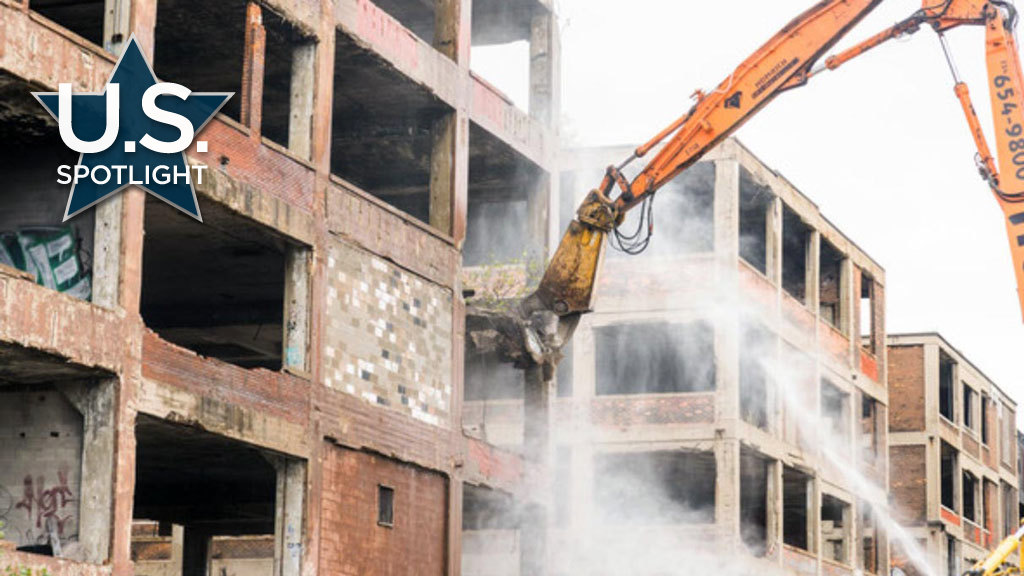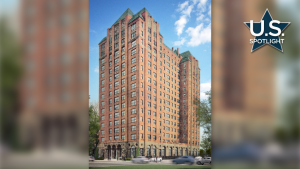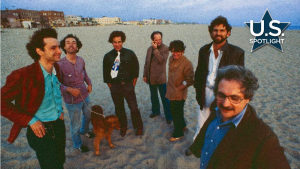Packard was once a storied name in automobiles.
And a significant one, as the mammoth former Packard assembly plant on Detroit’s east side was one of the city’s most notorious ruins for decades.
The 40-acre site has sat dormant from any form of manufacturing since the 1980s and became a destination for scores of international “ruin tourists” just as many of the city’s many other abandoned buildings had become, signaling Detroit as a kind of post-industrial dystopian city.
But all that will be a thing of the past as the City of Detroit has finally begun demolishing the hulking plant, a mostly four-storey set of buildings bisected by one of the city’s main thoroughfares, Grand Boulevard, and glimpsed by drive-by motorists on Interstate 94.
In recent years there was some hope of saving the complex.
Spanish investor Fernando Palazuelo bought the building at a tax auction in 2013 and hoped to turn it into some type of commercial and arts complex. He never could amass the investment. The city eventually sued the developer, declaring the complex a public nuisance, and gained possession. It’s thought Palazuelo could be on the hook for some demo costs.
Beginning last fall, the first section of the plant started to come down, 400,000 square feet along Concord Avenue on the plant’s northern fringe. Then in January a 500,000 square foot section along East Grand Boulevard began to meet excavators’ claws.
LaJuan Counts, the City of Detroit’s demolition director, said that still means the city has a “significant way to go” before most of the complex is brought down. Two narrow sections will remain standing along the Boulevard. They could be turned into adaptive reuse to esthetically maintain the vintage plant exterior.
We’ll use that time to prepare our bid packages,” for the five remaining sections, she said. “We anticipate those being out for demolition bid sometime this year and then the demo efforts could possibly begin the following year.”
Detroit-based Homrich won the tender on the first two sections. The entire demo is estimated to cost more than $24 million, a combination of, so far, federal, state and city funds.>
The two-step process has been abatement and tear down. But the plant had long been eviscerated of any remaining equipment or finishes of worth, long a target of vandals and theft.
“What we are faced with now is pretty much just the structure, the bones of the facility,” Counts said. “What we do have is a building that’s mostly constructed of timber and concrete.”
The past evisceration has in part weakened the building, also necessitating demolition. Some materials were abated like asbestos. The debris is being trucked to landfill.
Otherwise, the job is straightforward.
What they do is they go in and they actually demolish a portion of the building in order to provide them like a ramp so they can access higher portions,” Counts said. “Then they have a high reach arm to allow them to get higher up and further in locations where they wouldn’t normally be able to get as close.”
She said progress on a daily basis is “considerable” with the small contracting and municipal work crew – perhaps a dozen onsite.
Any challenges?
There is an occupied portion in one extremity and crews had to shore up a wall.
When you go into a demo and you know you’re being called into an emergency, you know that the risk of a failure is almost imminent,” Counts said. “So it was something that we had prepared for but just hadn’t expected at that exact moment that it happened.”
Crews also discovered some underground tunnels.
“It made it difficult for the equipment to be able to access certain portions of the property without us filling them in,” she said.
The city hopes the entire complex, save the adaptive reuse portions with four bays on either side, will be down sometime in 2024, the land free for redevelopment.
Counts said as a city resident she’ll personally be happy to see the ruin gone.
“We’ve got so many hard-working individuals who work here who are strong and committed to being Detroiters and then you have this representation of what Detroit is,” she said. “It’s really not an accurate representation.”











Recent Comments